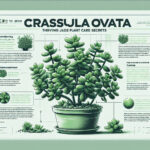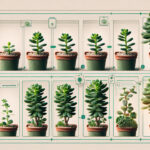Introduction to Crassula Ovata
Welcome to the verdant world of Crassula ovata, a plant that’s as enchanting as it is resilient! Nestled within homes and offices across the globe, the Jade Plant, also affectionately known as the Money Tree, is more than just a green companion; it’s a symbol of prosperity in many cultures.
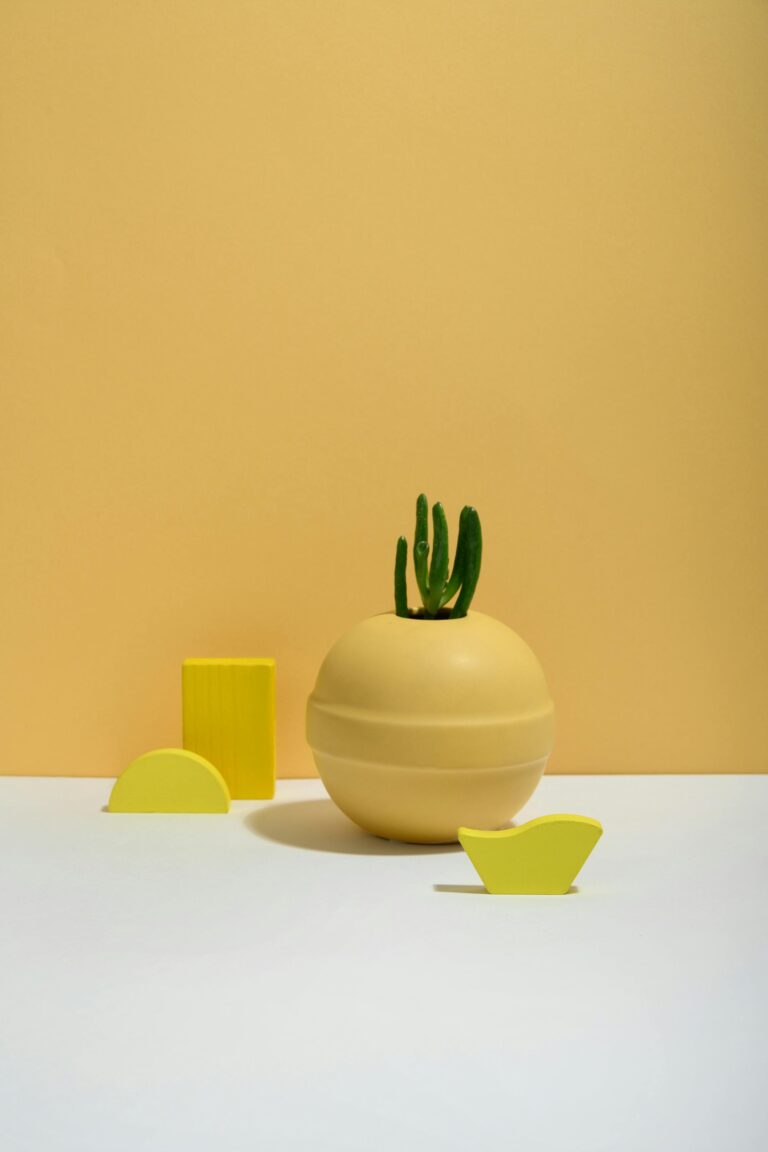
Imagine a quiet corner in your living space where a plump, vibrant Jade Plant thrives with minimal fuss. Its thick, glossy leaves, reminiscent of precious jade stones, have an almost hypnotic tranquility about them. Often handed down from generation to generation, these plants become cherished part of family histories, witnessing countless moments and milestones.
In many cultures, Crassula ovata isn’t just a plant; it’s a bearer of good luck and a magnet for wealth. Entrepreneurs and business enthusiasts often place it near cash registers or in office spaces, believing in its power to attract financial success. But even if you’re not seeking a charm for your finances, the sheer beauty and hardiness of this succulent make it a must-have in any plant collection.
Giving a nod to its versatility, the Jade Plant is also a popular choice for bonsai enthusiasts, who find joy in nurturing these woody-stemmed treasures into miniature tree-like wonders. Its ability to adapt to the artful constraints of bonsai mirrors our own life’s adaptability and growth. That’s the magic of Crassula ovata; it’s not just a plant—it’s a teacher of patience and the art of thriving against all odds.
Dive into the heart of this evergreen’s appeal, and you’ll find a fascinating story of nature’s splendor unwinding right before your eyes, leaf by succulent leaf.
Understanding Plant Taxonomy
Picture this: a bustling city where every street, avenue, and boulevard has a name and a unique number. This is quite similar to how plant taxonomy works—a scientific system that gives every plant a distinct place in the botanical world. And within this urban jungle of the plant kingdom, Crassula ovata, known as the jade plant, has its own “address” that pinpoints exactly where it lives on the extensive map of plant families.
Imagine you’re walking through a garden, you recognize roses, tulips, and maybe a sprightly patch of daffodils. Each of these plants belongs to a different family, much like your own family tree with its networks of cousins, siblings, and distant relatives. Botanical gardens thrive on this classification; it’s not just about the aesthetics but understanding the relationships and similarities among various plants. So where does our plump, perky Crassula ovata fit in? As you might guess, it doesn’t share a familial lineage with a rose or a tulip—it’s part of its own unique clan in the plant taxonomy.
Crassula ovata resides in the Crassulaceae family—a group known for its succulent nature, where the relatives store water in their leaves and stems, a trait critical for survival in arid environments. Think of it as a family trait; just as you might inherit blue eyes or curly hair, Crassula ovata inherits its succulent features. Standing out with its fleshy, glossy leaves, it’s not just surviving; it’s thriving by playing by the rules of its genetic playbook.
Understanding this lush green’s family ties is more than botanical nomenclature; it’s a glimpse into how plants adapt to their habitats, evolve over time, and form connections that might just be as complex as human social networks. To dive deeper into how classification aids our comprehension of plant variety and survival strategies, embark on a journey through the intricacies of plant characteristics. Just as a library organizes books into genres and authors, plant taxonomy categorizes species into families, genera, and species, allowing us to understand and appreciate the diversity of plant life on our planet.
Now, let’s bring it all back to the charming Crassula ovata. This clarity in categorization does wonders—it helps us care for our jade plants correctly, appreciate their resilience, and even make informed decisions about their role in ecological conservation. So, the next time you marvel at a jade plant’s serene presence in a sunlit room, remember the intricate taxonomy that unites it with its botanical brethren.
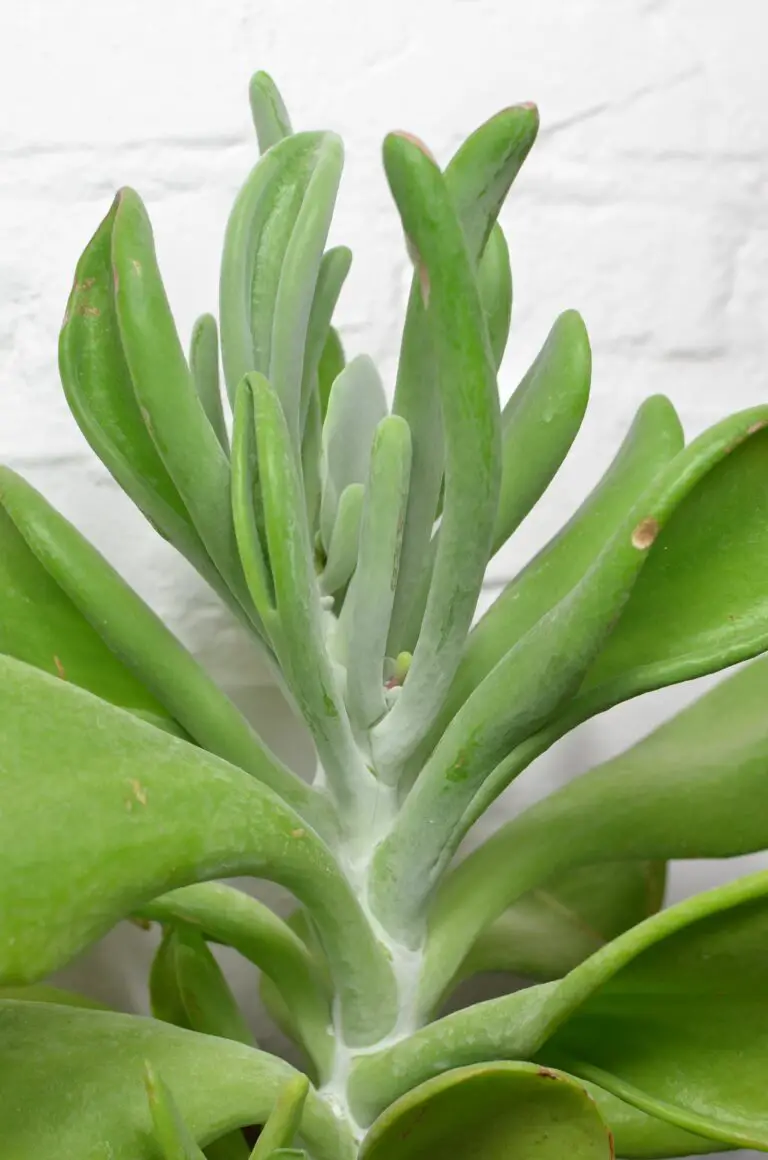
The Crassulaceae Family: A Garden of Fleshy Wonders
Ever gazed upon the plump, jade-colored leaves of a Crassula ovata and wondered what botanical family it hails from? It’s none other than the Crassulaceae family, a diverse clan full of fleshy-leaved succulents that have conquered hearts and windowsills all over the globe!
The Crassulaceae family, also known as the ‘stonecrop’ family, is a whole gallery of water-wise champs. Why? Because these plants are masters of survival, storing precious moisture in their leaves and stems, ready to outlast the driest of droughts. It’s as if they come with their own built-in water reservoirs!
Join us on an exploratory trail through the Crassulaceae family as we unearth their distinctive characteristics. These aren’t just any plants; they’re a testament to nature’s ingenuity. In environments where water is as rare as a winning lottery ticket, Crassulaceae plants flourish by harnessing the power of Crassulacean Acid Metabolism (CAM), a photosynthetic adaptation as intriguing as its name. They bide their time, opening their stomata at night to minimize water loss, only to feast on sunlight during the day. Quite the nocturnal strategists!
Now, let’s talk siblings and cousins. Ever heard of the seductive Echeveria or the statuesque Kalanchoe? They’re all part of the Crassulaceae lineage. These plants are not just pretty faces; they’re structurally fascinating, blooming with flowers arranged in mesmerizing patterns known as inflorescences. Take a stroll around any garden with these succulents, and you’ll feel like you’ve stepped into a living M.C. Escher print.
And the variety! It’s like walking into a candy shop for the plant enthusiast. From ground-hugging Sedum to sky-reaching Aeonium, the Crassulaceae family has a treasure for every spot in your garden or room. Some will surprise you with flowers that burst into color like fireworks, while others like the stoic Sempervivum wear a crown of rosettes, ready to conquer any rockery with their hardy nature.
Think of Crassulaceae as the botanical embodiment of ‘less is more.’ These plants champion simplicity with their geometric shapes and minimal water needs. They’re living sculptures that redefine the limits of horticulture, teaching us a lesson or two about resilience and efficiency.
Every time you marvel at the waxy elegance of your beloved Jade Plant, remember you’re looking at a member of this illustrious family, a sweet reminder of how nature combines form, function, and sheer survival savvy into one compact package of greenery. Bravo, Crassulaceae, bravo!
Crassula Ovata’s Place in the Succulent World
Imagine a kingdom where fleshy leaves hold precious water and sturdy stems defy the odds of arid landscapes. This is the world of succulents, and at the heart of this resilient realm stands Crassula ovata, often hailed as the noble Jade Plant. What makes it so special, and how does it compare to its succulent kin? Let’s delve into Crassula ovata’s world and find out.
Crassula ovata is a captivating symphony of green—its jade-colored leaves a hallmark of opulence and vitality. But it’s not just a pretty face; this plant is part of the Crassulaceae family, a diverse group known for their water-retention superpower. While its relatives span from the dainty Echeveria to the towering Aeonium, Crassula ovata carves its own niche with its unique resilience and minimalist demands.
But even among succulents, the Jade Plant stands out. Unlike the prickly cactus or the plump Burro’s Tail, Crassula ovata boasts a tree-like stature, woody stems, and leaves that shine like polished gems. When most succulents are content to hug the ground, Crassula ovata reaches for the sky, presenting a bold silhouette that draws the eye and captures the imagination.
Diversity is the spice of life, and Crassula ovata shows just that among its succulent peers. From the velvet caress of a Kalanchoe’s leaves to the stark geometry of a Haworthia, variety abounds. Yet, Crassula ovata has that special something—a resilience that makes it a beacon for those new to succulent care and a beloved classic for the seasoned enthusiasts.
Here’s a fun example: imagine if your other houseplants were party guests. Your tropical fern might need constant attention, wilting if you turn your back just once, while the cacti would be the low-maintenance friends, happy with the occasional check-in. Then, Crassula ovata would be the guest of honor, effortlessly bringing life to the party with its lush, jade leaves, while asking for nothing more than a sunny spot and minimal water.
What’s more, Crassula ovata isn’t just a one-trick pony; it personifies adaptability. From its native South African cliffs to the cozy corners of global homes, it thrives. By storing water in its leaves, it endures where others would falter. Its thick, waxy foliage, a badge of perseverance, enables it to live happily in conditions that would leave other plants longing for a drink.
Among the theater of succulents, the Jade Plant truly plays a leading role. It may share the stage with its succulent siblings, but it dances to its own rhythm, resilient and radiant. Features like these secure its esteemed position in the succulent world—a testament to the adage that sometimes, family traits can indeed be surpassed by individual flair.
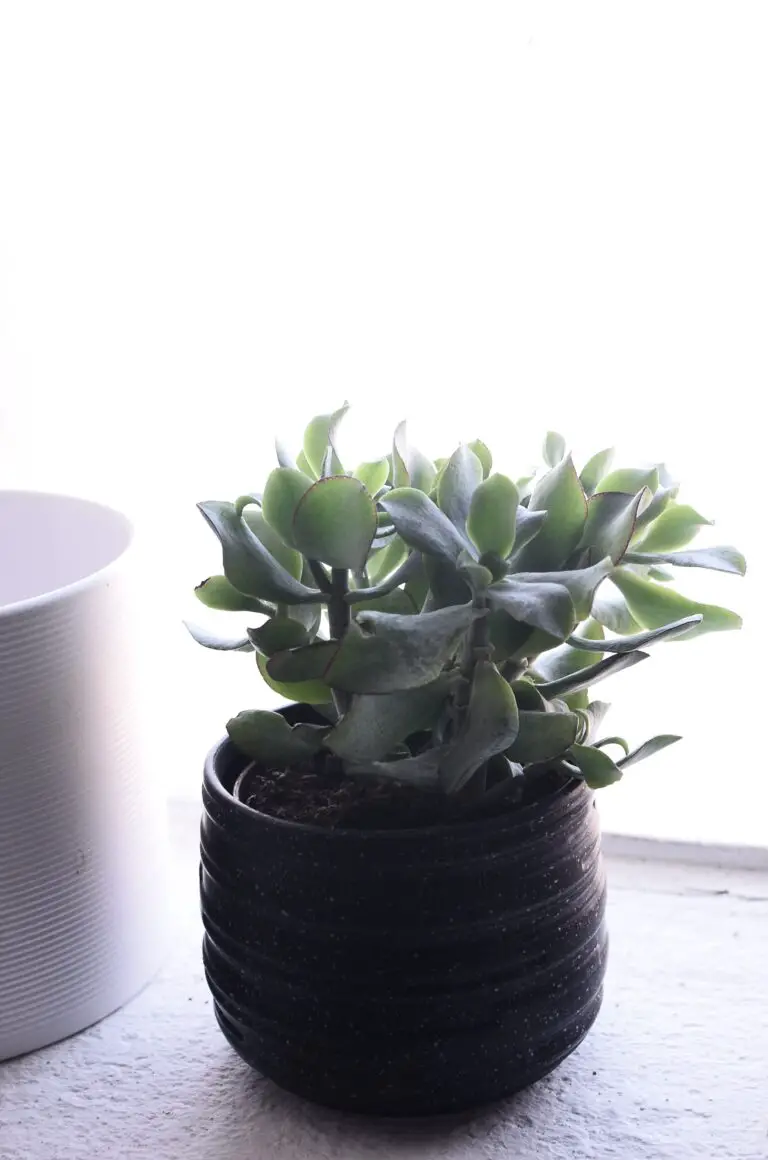
In a nutshell, within the broad spectrum of succulents, Crassula ovata is a standout species, bucking the trend with its unique tree-like form and ease of care. Next time you admire a Jade Plant, see it not just as a mere member of the succulent family, but as an individual that’s shaped its destiny, outshining its relatives with grace and a dash of green grandeur.
Cultivation and Care for Crassula Ovata
Let’s talk about making your Crassula ovata, often known as the Jade Plant, flourish! This gem is part of the Crassulaceae family—a diverse group that champions resilience. But even the mighty need a tender touch. So, if you’re game to give it some love, here’s a cheat sheet for turning your thumb greener than a Jade’s leaves.
First things first: the soil. Your Crassula covets well-drained soil, much like a comfy bed that’s just right—not too hard, not too soft. Think cactus mix or even a blend of regular potting soil jazzed up with some perlite or sand. It’s about getting that drainage on point so those fleshy, water-storing leaves aren’t sitting in soggy sadness.
Watering is next on the docket. It’s a ‘less is more’ situation, folks. Water deeply, but infrequently, to encourage deep roots and drought tolerance. Wait until the soil dries out between waterings—it’s the plant equivalent of a desert oasis after a trek through sandy dunes. An overwatered Crassula is a sad, droopy affair, so resist the urge to shower it with affection water-wise.
Sunlight is like the Jade Plant’s morning coffee—it absolutely needs it to kickstart the day! Bright, indirect light is this plant’s best friend, acting like a natural ‘plant protein shake,’ encouraging those glorious green hues and robust growth. But don’t go throwing it into the midday sun’s blazing arms. Think of it like sunscreen; too much direct exposure and you’ve got a sunburnt succulent on your hands.
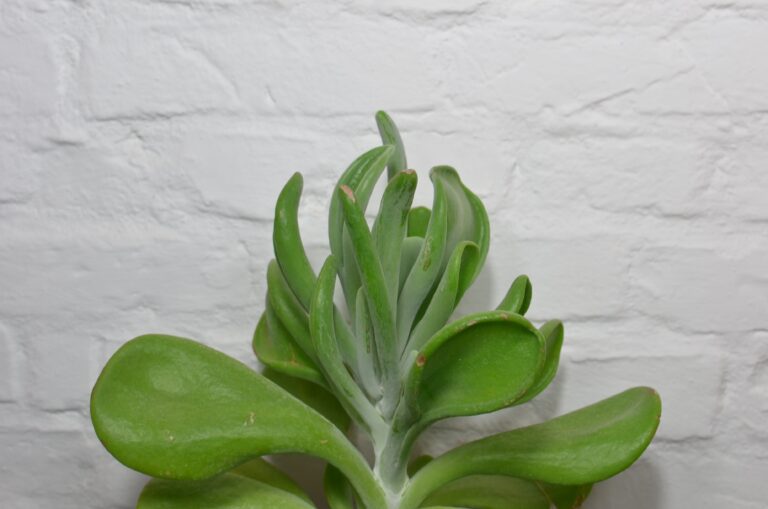
It’s cool to get nerdy about temperature and humidity too. Your homey Jade digs the same temps you do for lounging around the house (65-75°F or 18-24°C). Too much chill and it’ll start sulking. Humidity is barely a blip on its radar, though, making it the perfect plant compadre for those of us not living in the tropics.
Now, let’s weave in some wisdom on watering routines. Picture this: You’ve got your trusty water can, you’re approaching your Crassula, but you pause. You check the soil—dry? Bingo, it’s water time. The season matters too; in winter, this plant is all about hibernation vibes, so you’ll need to water even less.
Pest patrol is also key. Your Crassula might face the green menace of mealybugs or spider mites, ready to party in your plant pot. Keep a vigilant eye out for these gatecrashers, and show them the door with a nice neem oil escort if necessary—an organic bouncer for your leafy guest.
So there you have it, a green-thumbed guide to your Crassula ovata’s well-being. Cultivating this botanical beauty might seem like decoding an ancient plant scripture, but with these nuggets of know-how, you’re all set to become a savvy succulent connoisseur.
Conservation and Commercial Importance
Step into the world of Crassula ovata, the resilient gem of the plant kingdom, and you’ll quickly understand why its conservation and commercial success are topics of such vigorous discussion. These glossy green treasures, commonly known as Jade Plants, are not just eye candy for the ornamental plant industry — their story is rooted deeply in ecological and economic narratives.
On the conservation front, Crassula ovata is a beacon of sustainability. With its remarkable drought tolerance attributed to the ability to store water in its leaves, the Jade Plant sets a prime example for water conservation in a world where fresh water is increasingly precious. Efforts to conserve these succulents extend beyond individual enthusiasts; they represent an entire dialogue on the importance of preserving plant species that embody efficiency and resilience. They are not just surviving but thriving, with minimal ecological footprints, making them silent yet formidable environmental stewards.
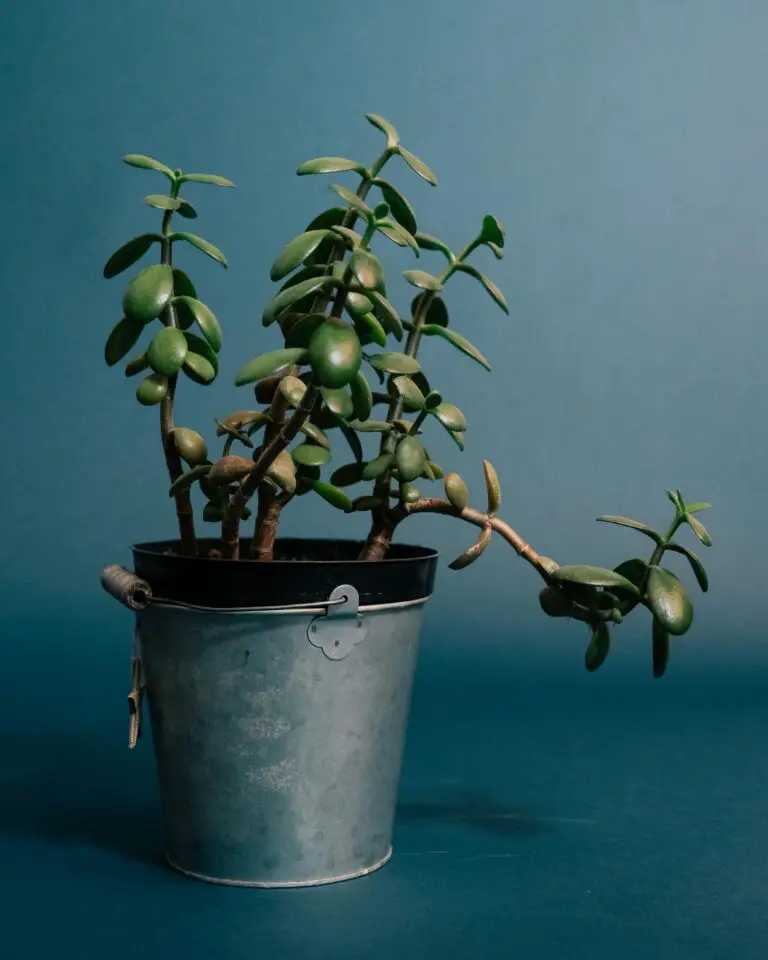
Turning towards the realm of commerce, the Jade Plant has cemented its place as a cornerstone in the ornamental plant market. It’s not all about the aesthetics; the commercial popularity of Crassula ovata transcends its luscious looks. This ease of propagation allows nurseries worldwide to grow Jade Plants en masse, ensuring a consistent supply to meet the booming demand of consumers who are enchanted by their symbolism of prosperity and good luck. And let’s not forget their air-purifying qualities — a natural sell in our pollution-conscious society.
In real-life, the story of Crassula ovata extends to far-reaching corners of the globe. From the balconies of urban apartments to the tabletops of trendy coffee shops, these succulents make regular appearances, reminding us of nature’s simple yet profound beauty. The international trade of these plants has flourished, with countries like South Korea, the Netherlands, and the United States leading the charge in the export and import of these green gems.
Moreover, the Jade Plant’s adaptability in various climates makes it a poster child for resilient gardening. Horticulturists and amateur gardeners alike marvel at how this plucky plant can adjust to indoor environments with aplomb. Its ability to thrive with minimal care taps into the modern desire for low-maintenance but high-impact living decor, contributing significantly to its commercial prominence.
In summary, Crassula ovata isn’t just another pretty face in the nursery; it’s a symbol of ecological adaptability and economic vitality, its very essence reflecting a growing consciousness toward sustainable and beneficial living. So, the next time you spot one of these succulent sensations, take a moment to appreciate not just its glossy leaves, but the conservation ethic and commercial enterprising spirit it embodies.
Frequently Asked Questions
Ever looked at your robust Crassula ovata and wondered what makes it so resilient, or why it’s been a mainstay in aunt Martha’s living room for what seems like an eternity? This FAQ corner is your go-to spot for diving into the wonders of the Jade Plant.
What Makes the Jade Plant a Household Favorite?
It’s not just its luscious green leaves that evoke treasures from the deep jungle. The Jade Plant, a member of the Stonecrop family, has become a staple in homes around the world due to its forgiving nature. Even if you forget to water it during a hectic week, your little green buddy won’t hold a grudge. This hardy plant personifies resilience; injuries to its leaves often spark the growth of new plants—an inspiring lesson in regeneration!
How Did the Jade Plant Earn Its Name?
Like a precious stone, the Crassula ovata‘s glossy leaves shine with a brilliance that rivals the jade gemstone, earning it the affectionate nickname of the “Jade Plant.” It’s not just a superficial charm; the plant’s fortitude and capacity for growth reflect the same attributes highly prized in the gemstone.
Where Does the Jade Plant Fit in the Botanical Family Tree?
Ah, the botanical backstory of Crassula ovata. It’s part of the diverse Crassulaceae family, a group known for their ability to thrive in arid conditions. Think of them as the camels of the plant kingdom. This family includes a variety of succulents that share the Jade Plant’s knack for water storage in their fleshy leaves, ensuring they always have a sip to weather the dry spells.
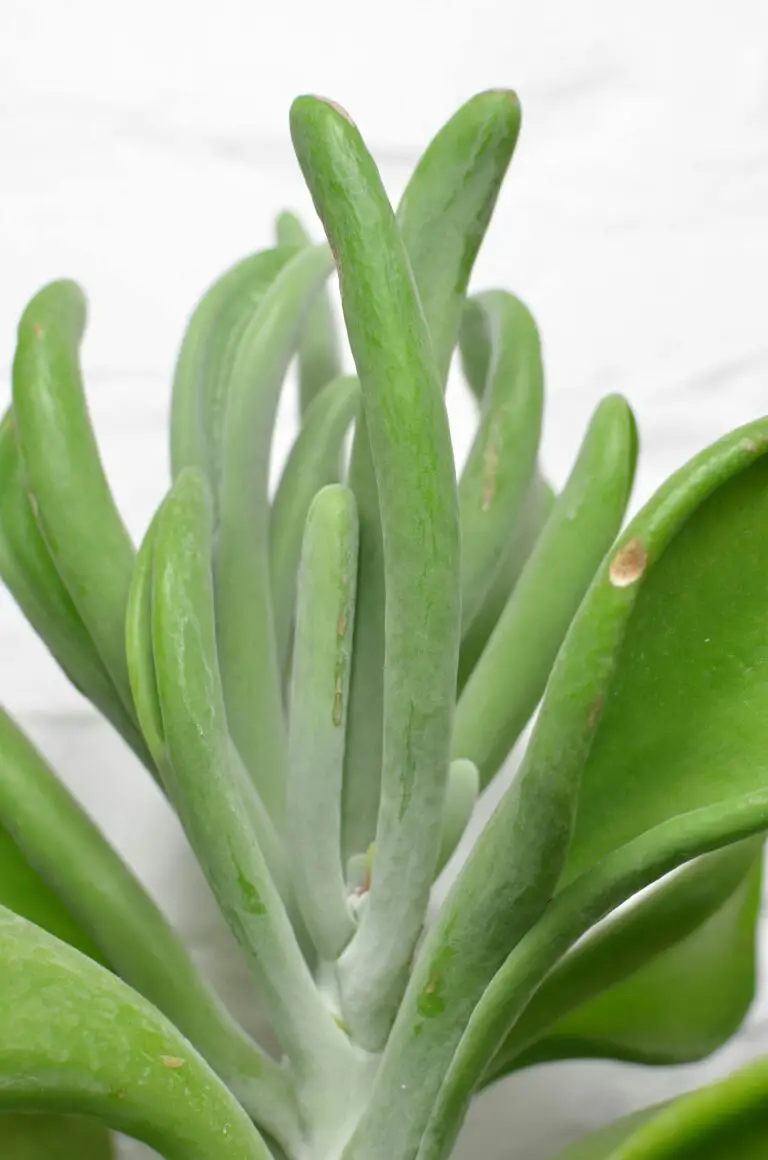
Got more questions? Keep them coming! The Jade Plant may not be the Sphinx, but its story is filled with small mysteries waiting to be unravelled, just like the twisty branches that reach out from its sturdy trunk. Whether it’s sprucing up your office desk or watching over your kitchen, Crassula ovata is more than a quiet green statue in the corner—it’s a dynamic addition to the family, both yours and the botanical one!
